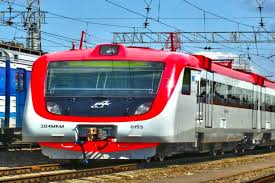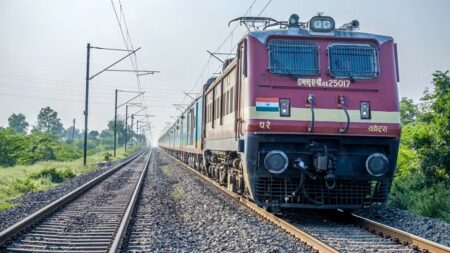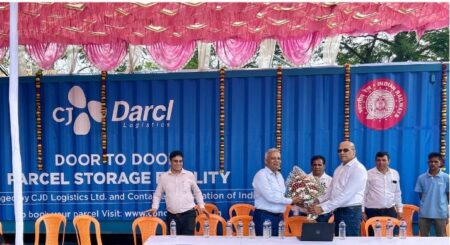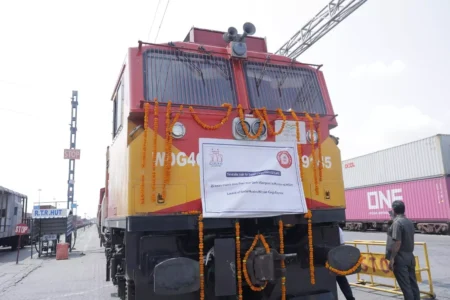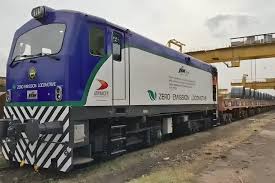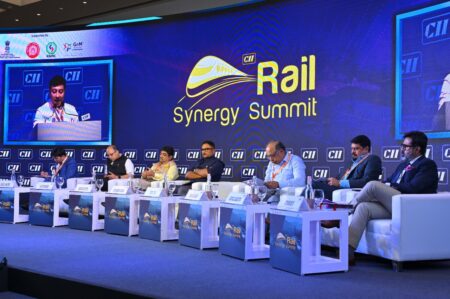The Indian government has approved three major railway projects worth ₹6,456 crore, enhancing cargo connectivity across key regions. These projects will improve logistics, reduce bottlenecks, and promote economic growth while generating significant employment.
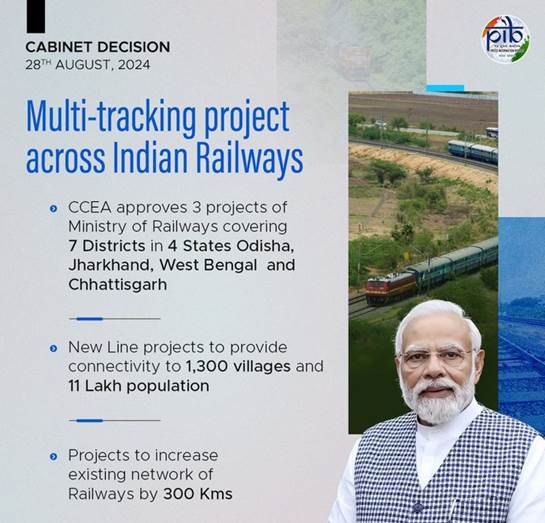
In a significant move to bolster India’s transportation infrastructure, the Cabinet Committee on Economic Affairs (CCEA), chaired by Prime Minister Narendra Modi, has greenlit three crucial railway projects under the Ministry of Railways. With an estimated total investment of approximately ₹6,456 crore, these projects are expected to not only enhance cargo connectivity but also significantly impact regional economic development and employment generation.
Key Railway Projects Approved
The approved projects include the Jamshedpur-Purulia-Asansol 3rd Line, Sardega-Bhalumuda New Double Line, and the Bargarh Road-Nawapara Road New Line. Collectively, these initiatives will expand the Indian Railways network by around 300 kilometres across seven districts in four states—Odisha, Jharkhand, West Bengal, and Chhattisgarh. The projects are expected to be completed by the fiscal year 2028-29 and will create approximately 114 lakh man-days of direct employment during the construction phase.
Project Details and Regional Impact
- Jamshedpur-Purulia-Asansol 3rd Line (121 km; ₹2,170 crore): The multi-tracking project will enhance the railway network connecting West Bengal and Jharkhand, improving the movement of passengers, goods, and services across the region. It is strategically significant for the Delhi-Howrah and Howrah-Mumbai corridors, facilitating the transportation of essential commodities like iron ore and coal to steel plants in Burnpur and Durgapur. The project is also expected to contribute to environmental sustainability by saving 74 crore kilograms of CO2 emissions, equivalent to planting 3 crore trees.
- Sardega-Bhalumuda New Double Line (37 km; ₹1,360 crore): Connecting Sundargarh district in Odisha with Raigarh district in Chhattisgarh, this new double line will greatly benefit the local tribal population by improving connectivity between the regions. The project is set to generate 25 lakh man-days of employment and will reduce environmental impact by saving 84 crore kilograms of CO2 emissions, equivalent to planting 3.4 crore trees.
- Bargarh Road-Nawapara Road New Line (138 km; ₹2,926 crore): This new line will enhance connectivity in Odisha’s Bargarh and Nuapada districts, shortening the distance between Sambalpur and Raipur by 87 kilometers. The line will be instrumental in transporting goods such as rice, cement, steel, and fertilisers, while also promoting Sambalpuri handloom products. Additionally, it will boost cultural and religious tourism to the nearby Nrusinghanath Temple. The project will generate 47 lakh man-days of employment and contribute to environmental sustainability by saving 82 crore kilograms of CO2 emissions, equivalent to planting 3.3 crore trees.
Broader Economic and Environmental Impact
These railway projects align with the PM-Gati Shakti National Master Plan, aimed at creating seamless multi-modal connectivity across India. By alleviating operational bottlenecks, reducing congestion, and improving service reliability, these initiatives will streamline supply chains and spur economic growth, particularly in regions that were previously underserved. The anticipated capacity augmentation is expected to handle an additional 45 MTPA (million tonnes per annum) of freight traffic, significantly benefiting industries like agriculture, steel, and cement.
Furthermore, the environmentally friendly and energy-efficient nature of railways will contribute to India’s climate goals by reducing logistics costs, lowering oil imports by 10 crore litres, and cutting CO2 emissions by 240 crore kilograms—equivalent to planting 9.7 crore trees.
The approval of these strategic railway projects marks a substantial step forward in strengthening India’s transportation infrastructure. By enhancing cargo connectivity, expanding the railway network, and reducing logistical bottlenecks, these projects will not only contribute to regional development but also align with India’s broader goals of sustainability and self-reliance. The initiatives are set to drive the nation’s growth, ensuring a more connected, efficient, and prosperous future.






